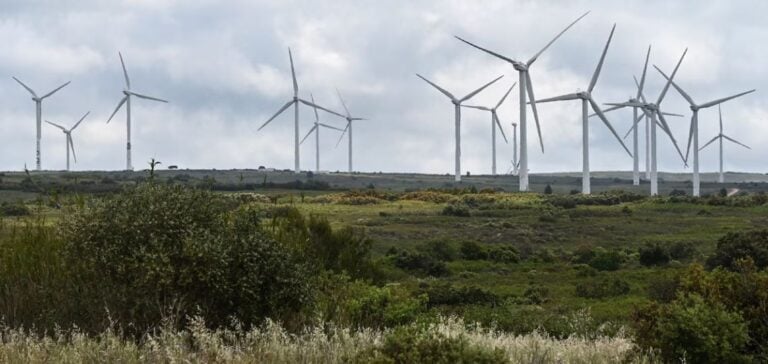Eni subsidiary Plenitude signs a 10-year power purchase agreement (PPA) with Ferriera Valsabbia.
The agreement covers the supply of energy produced exclusively from renewable sources, from a 15 MW wind farm located at Sannicandro di Bari, in Apulia, Italy.
Annual production from this facility is estimated at over 350 GWh over the contract period.
This agreement will enable Ferriera Valsabbia, a key player in the steel industry based in Odolo, to meet a significant proportion of its energy needs from September 2024.
This agreement demonstrates Plenitude’s commitment to supporting major industrial groups in their decarbonization drive.
Alessandro Della Zoppa, Head of Renewable Energies at Plenitude, emphasizes the strategic importance of PPAs in stabilizing long-term energy prices and promoting the energy transition.
He says: “The agreement with Ferriera Valsabbia demonstrates our commitment to supporting industrial groups on their path towards decarbonization.”
Joint Objectives for Sustainable Energy
Ruggero Brunori, CEO of Ferriera Valsabbia, adds, “This PPA marks a further step towards decarbonizing our business, confirming the importance of forging medium- and long-term partnerships with shared objectives.”
This partnership reflects a synergy between the two companies to achieve common environmental goals while ensuring long-term energy cost stability.
An Integrated and Ambitious Business Model
Plenitude stands out for its integrated business model, combining renewable energy production, energy sales and charging solutions for electric vehicles.
The company is targeting an installed renewable energy capacity of over 8 GW by 2027 and over 15 GW by 2030.
This integrated model enables Plenitude to play a key role in the global energy transition, providing complete solutions that encompass the production, distribution and consumption of renewable energy.
Ferriera Valsabbia specializes in the production of reinforcing bars for reinforced concrete.
The company uses an electric arc furnace to melt scrap metal, producing a finished product containing over 95% recycled materials.
With this agreement, Ferriera Valsabbia further reduces its environmental footprint by significantly increasing its use of renewable energy.
Future prospects and challenges
This agreement between Plenitude and Ferriera Valsabbia is a concrete example of how the energy and industry sectors can work together to achieve common environmental goals.
It underlines the importance of partnerships to accelerate the energy transition and promote the use of renewable energies.
Such initiatives are essential to achieving global climate goals and ensuring a sustainable and efficient energy transition.
This initiative not only reinforces both companies’ decarbonization strategies, but also underlines the importance of partnerships to accelerate the energy transition.
By focusing on renewable energies and industrial collaboration, this agreement makes a significant contribution to reducing carbon emissions and promoting a greener economy.
In conclusion, the agreement between Plenitude and Ferriera Valsabbia marks an important step forward in the energy transition of both companies.
It offers an enriching perspective on the importance of partnerships in achieving environmental goals and stabilizing energy costs over the long term.






















